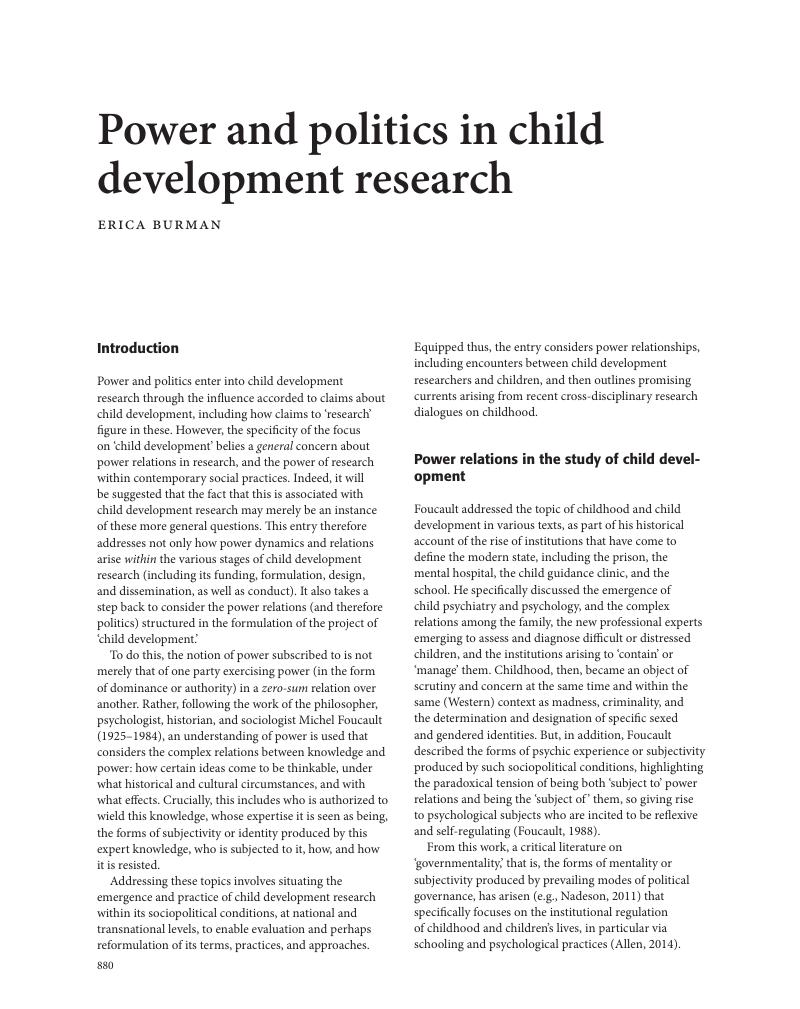Book contents
- The Cambridge Encyclopedia of Child Development
- Child Development
- Copyright page
- Dedication
- Contents
- Contributors
- Editorial preface
- Foreword
- Acknowledgments: External Reviewers
- Introduction Study of child development: an interdisciplinary enterprise
- Part I Theories of development
- Part II Methods in child development research
- Part III Prenatal development and the newborn
- Part IV Perceptual and cognitive development
- Part V Language and communication development
- Part VI Social and emotional development
- Part VII Motor and related development
- Part VIII Postnatal brain development
- Part IX Developmental pathology
- Part X Crossing the borders
- Part XI Speculations about future directions
- Development of consciousness
- Evidence of evolution in human development
- Systems neuroscience
- Future of development is degenerate, pluripotential, and multi-scaled
- Young people, war, and interrogating ‘resilience’: a personal journey
- Whither developmental intervention?
- Poverty and child development
- Power and politics in child development research
- Book part
- Author Index
- Subject Index
- Plate Section (PDF Only)
- References
Power and politics in child development research
from Part XI - Speculations about future directions
Published online by Cambridge University Press: 26 October 2017
- The Cambridge Encyclopedia of Child Development
- Child Development
- Copyright page
- Dedication
- Contents
- Contributors
- Editorial preface
- Foreword
- Acknowledgments: External Reviewers
- Introduction Study of child development: an interdisciplinary enterprise
- Part I Theories of development
- Part II Methods in child development research
- Part III Prenatal development and the newborn
- Part IV Perceptual and cognitive development
- Part V Language and communication development
- Part VI Social and emotional development
- Part VII Motor and related development
- Part VIII Postnatal brain development
- Part IX Developmental pathology
- Part X Crossing the borders
- Part XI Speculations about future directions
- Development of consciousness
- Evidence of evolution in human development
- Systems neuroscience
- Future of development is degenerate, pluripotential, and multi-scaled
- Young people, war, and interrogating ‘resilience’: a personal journey
- Whither developmental intervention?
- Poverty and child development
- Power and politics in child development research
- Book part
- Author Index
- Subject Index
- Plate Section (PDF Only)
- References
Summary

- Type
- Chapter
- Information
- The Cambridge Encyclopedia of Child Development , pp. 880 - 888Publisher: Cambridge University PressPrint publication year: 2017



